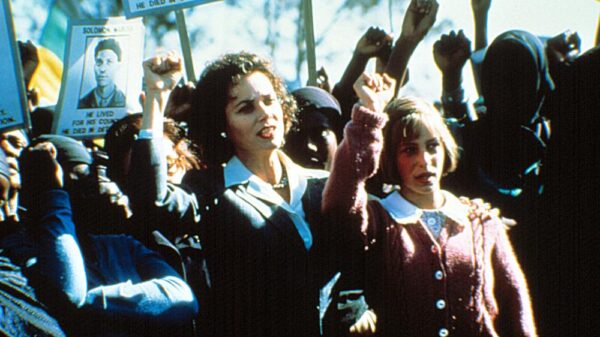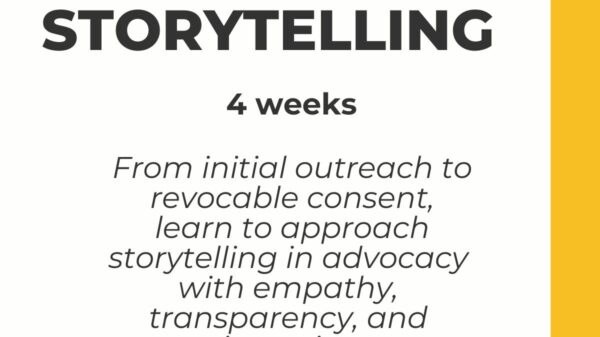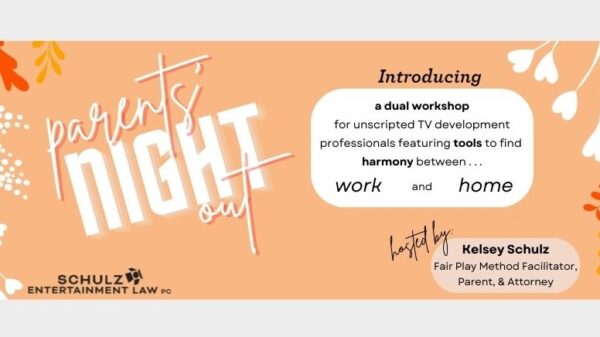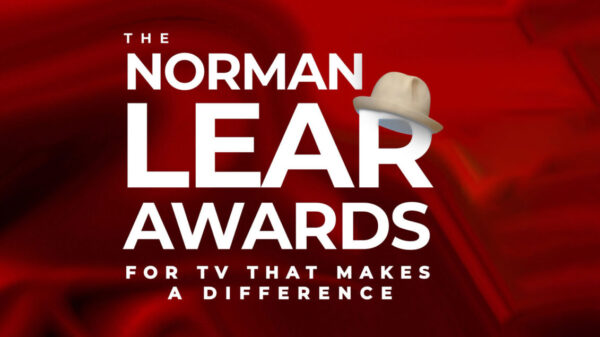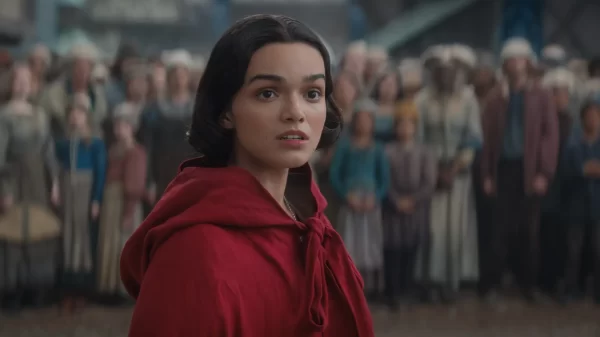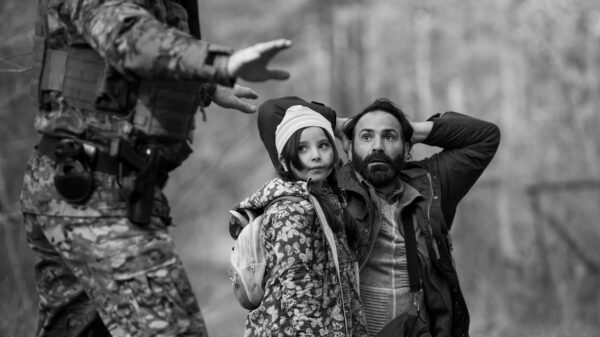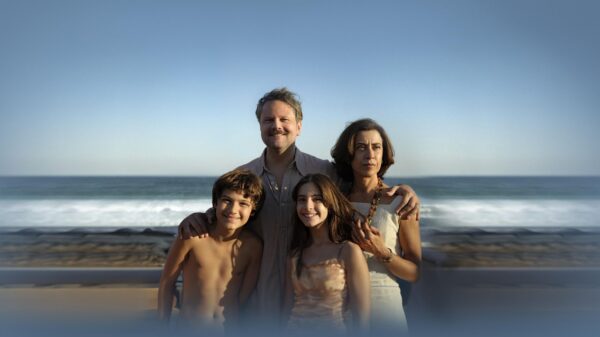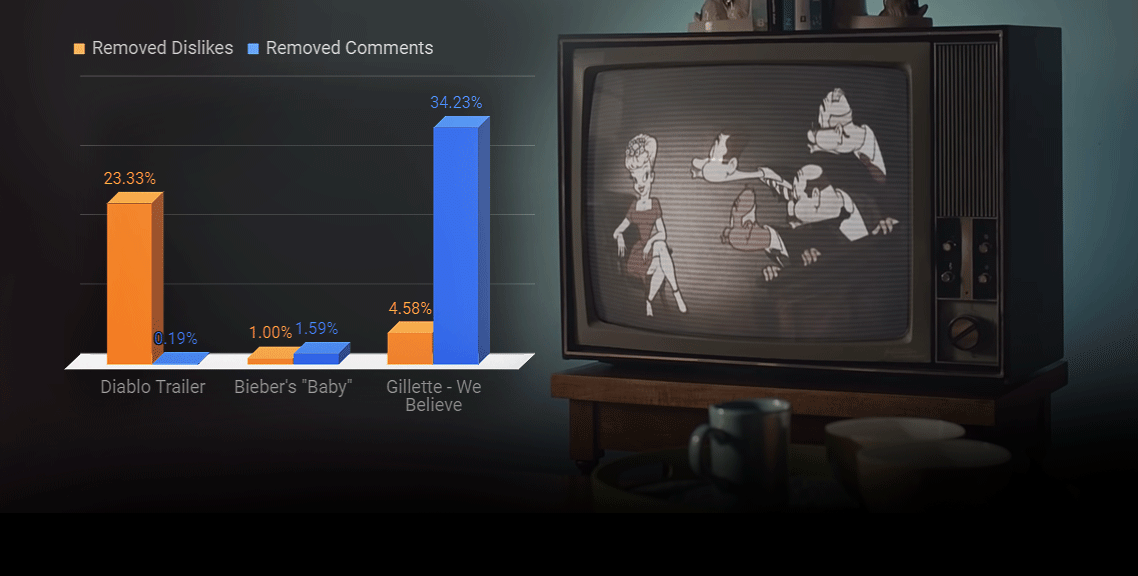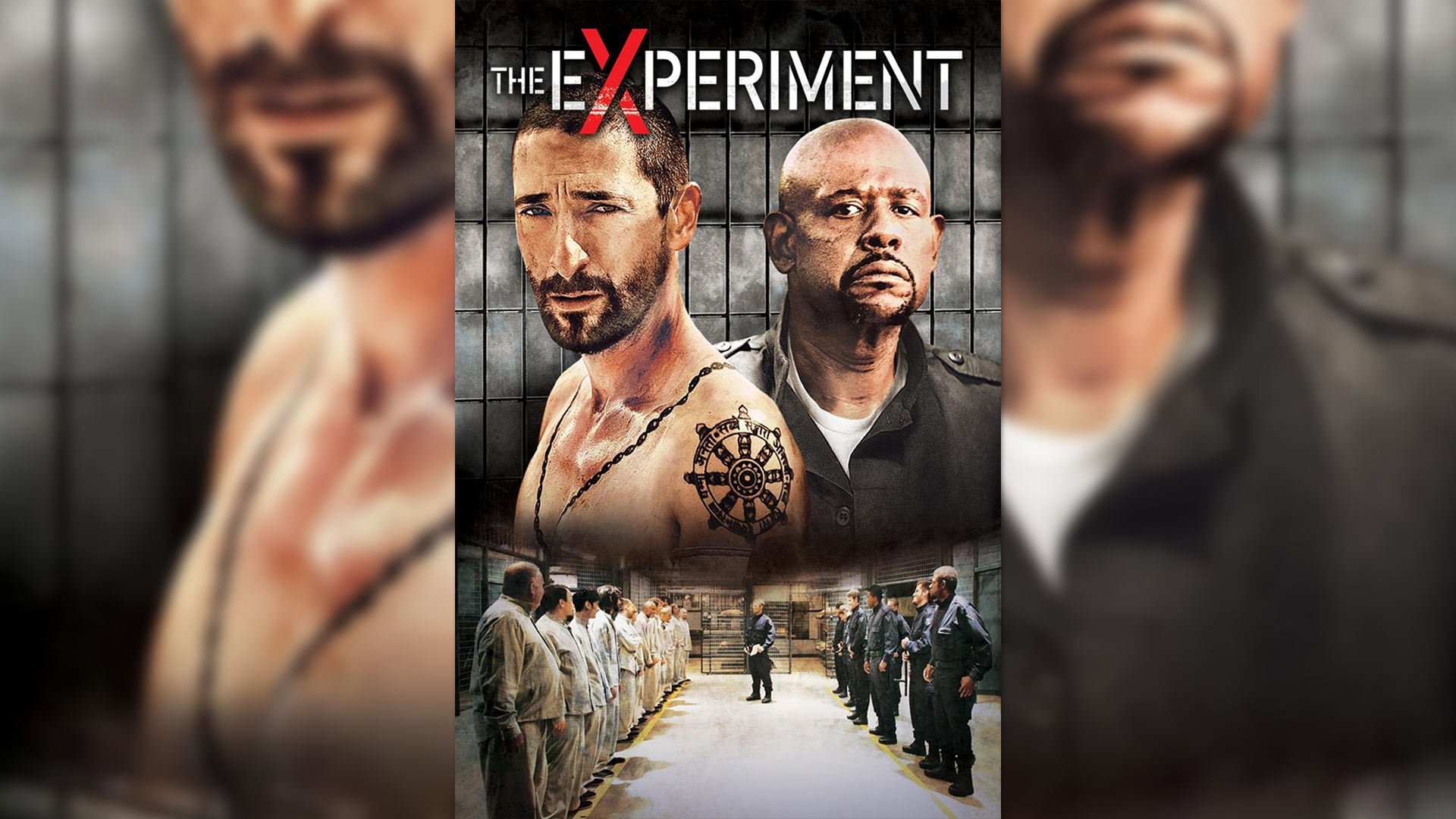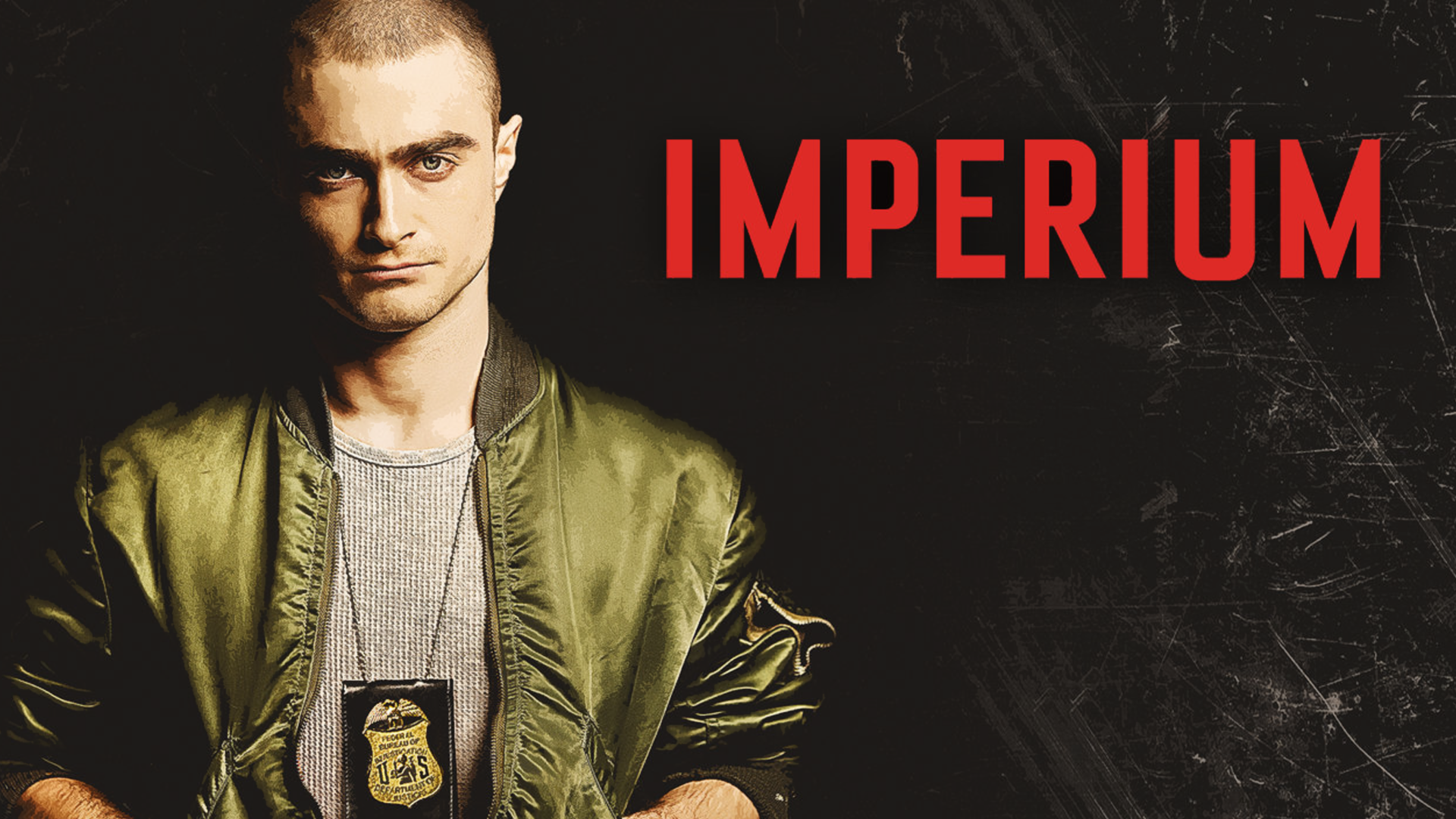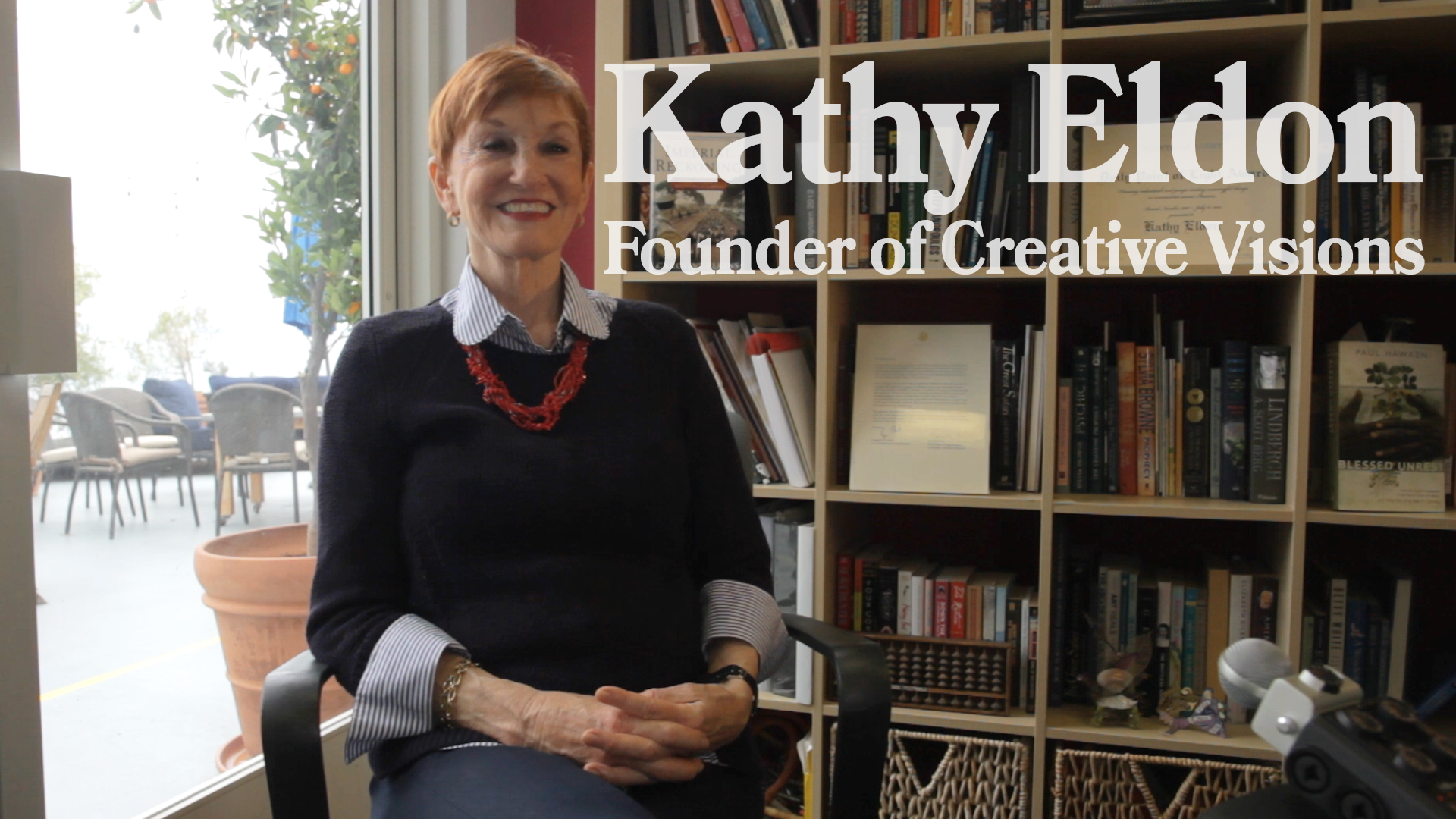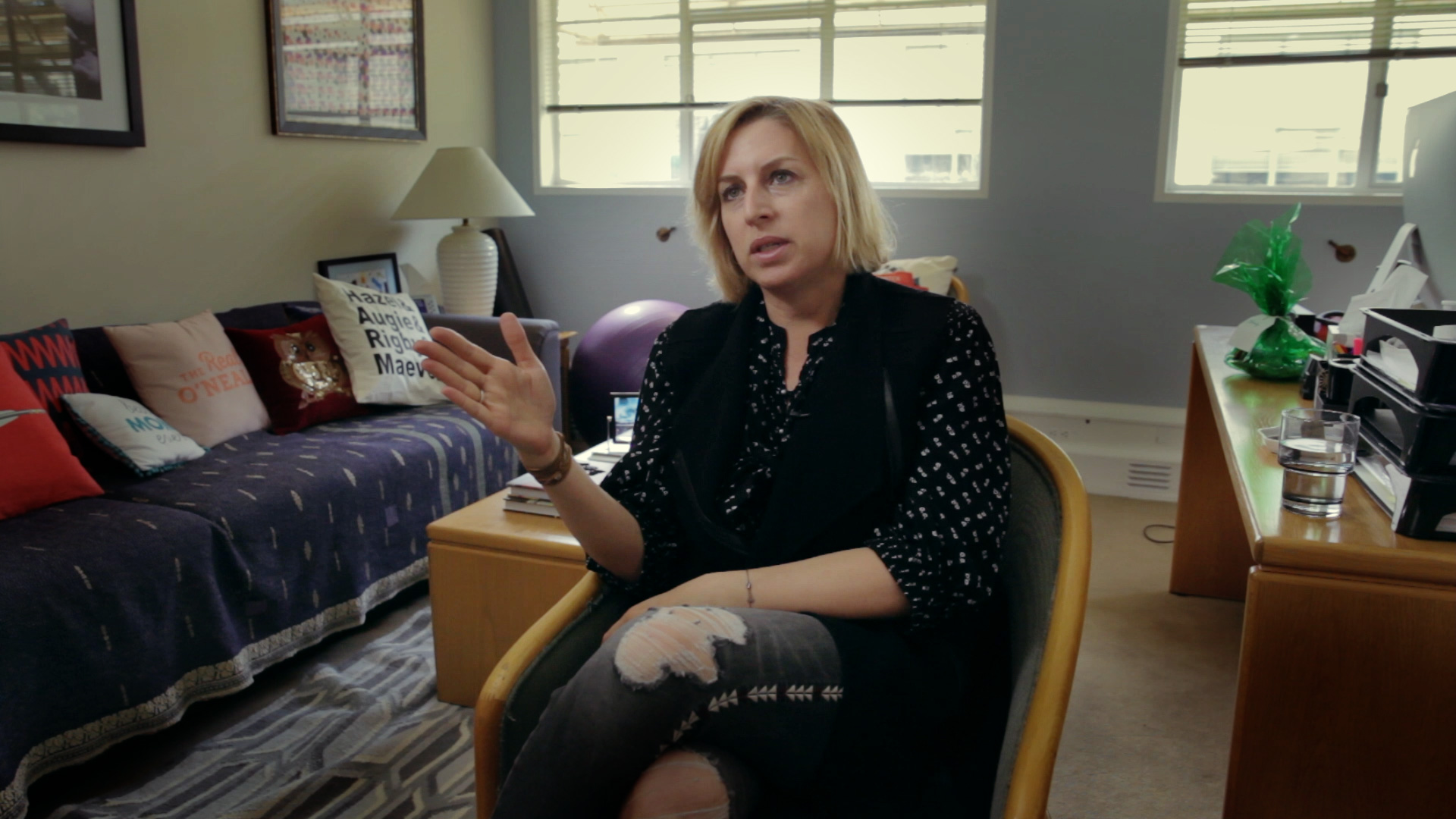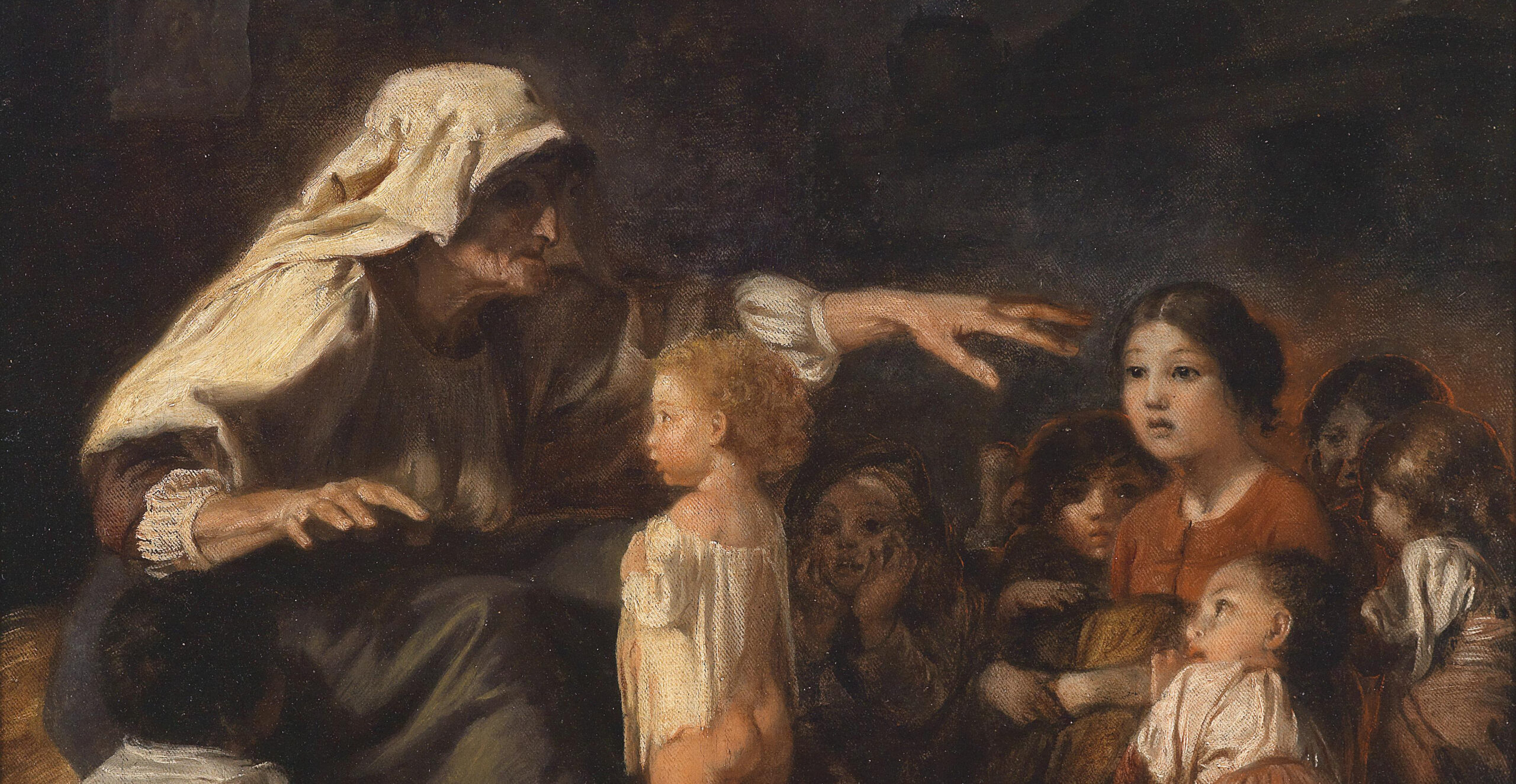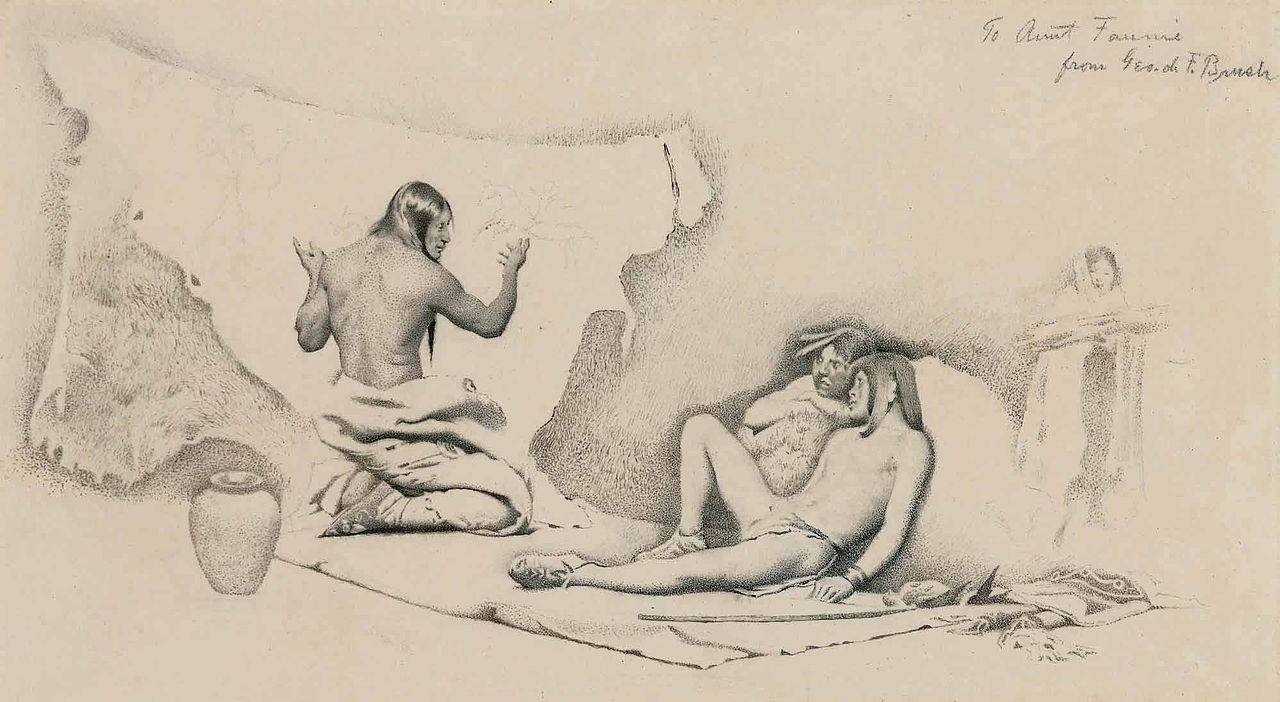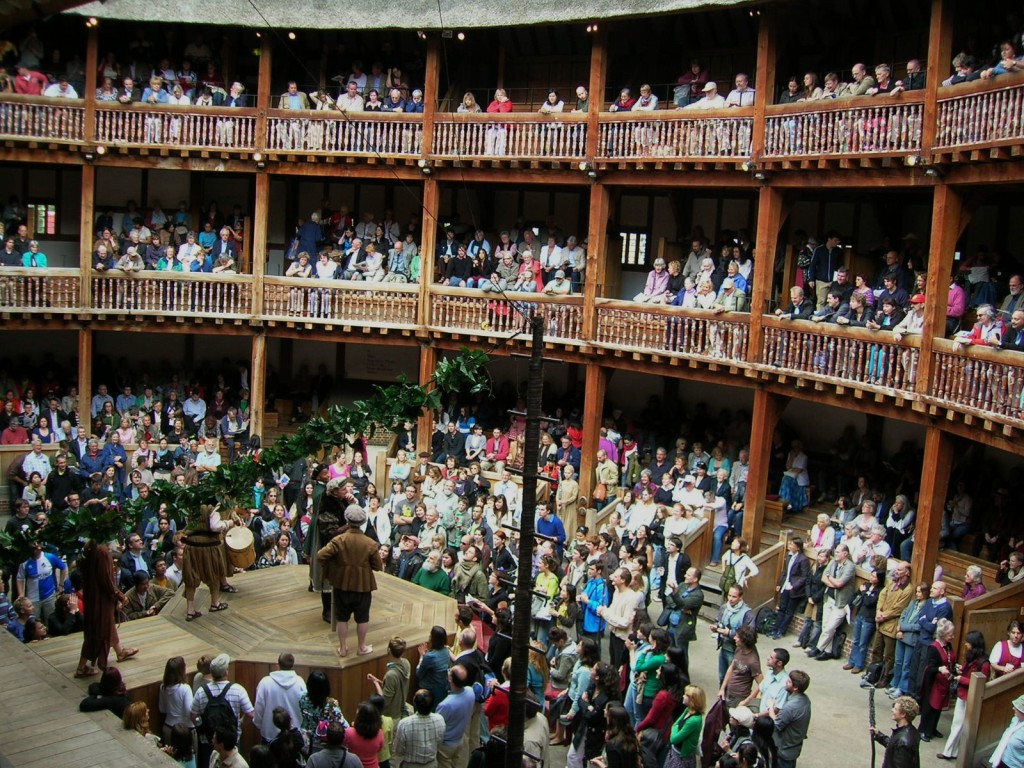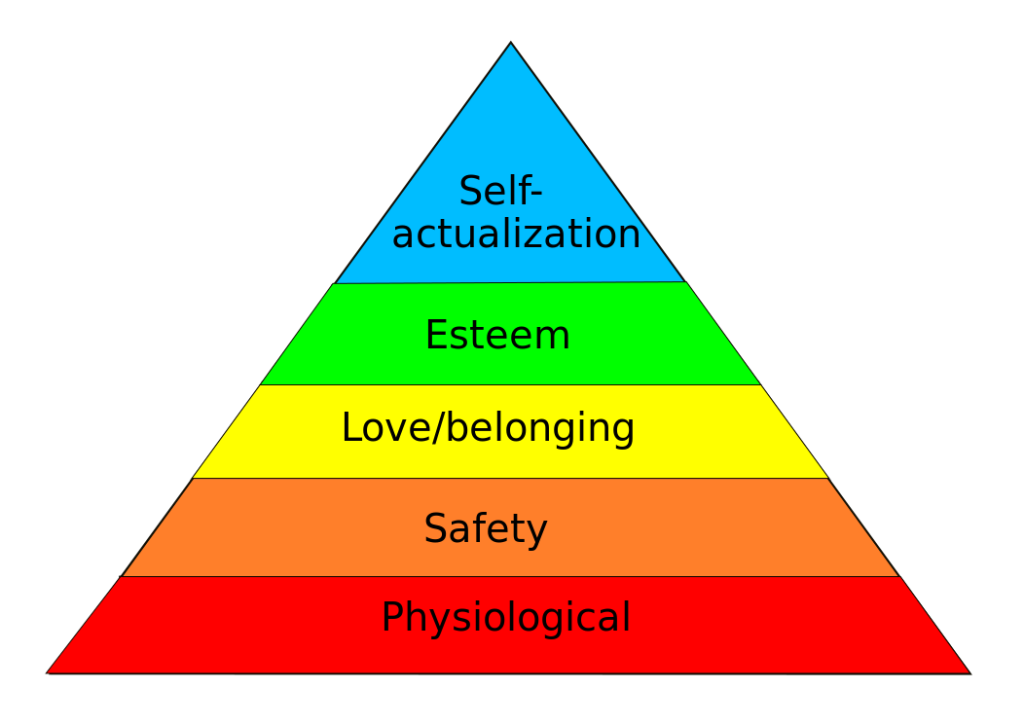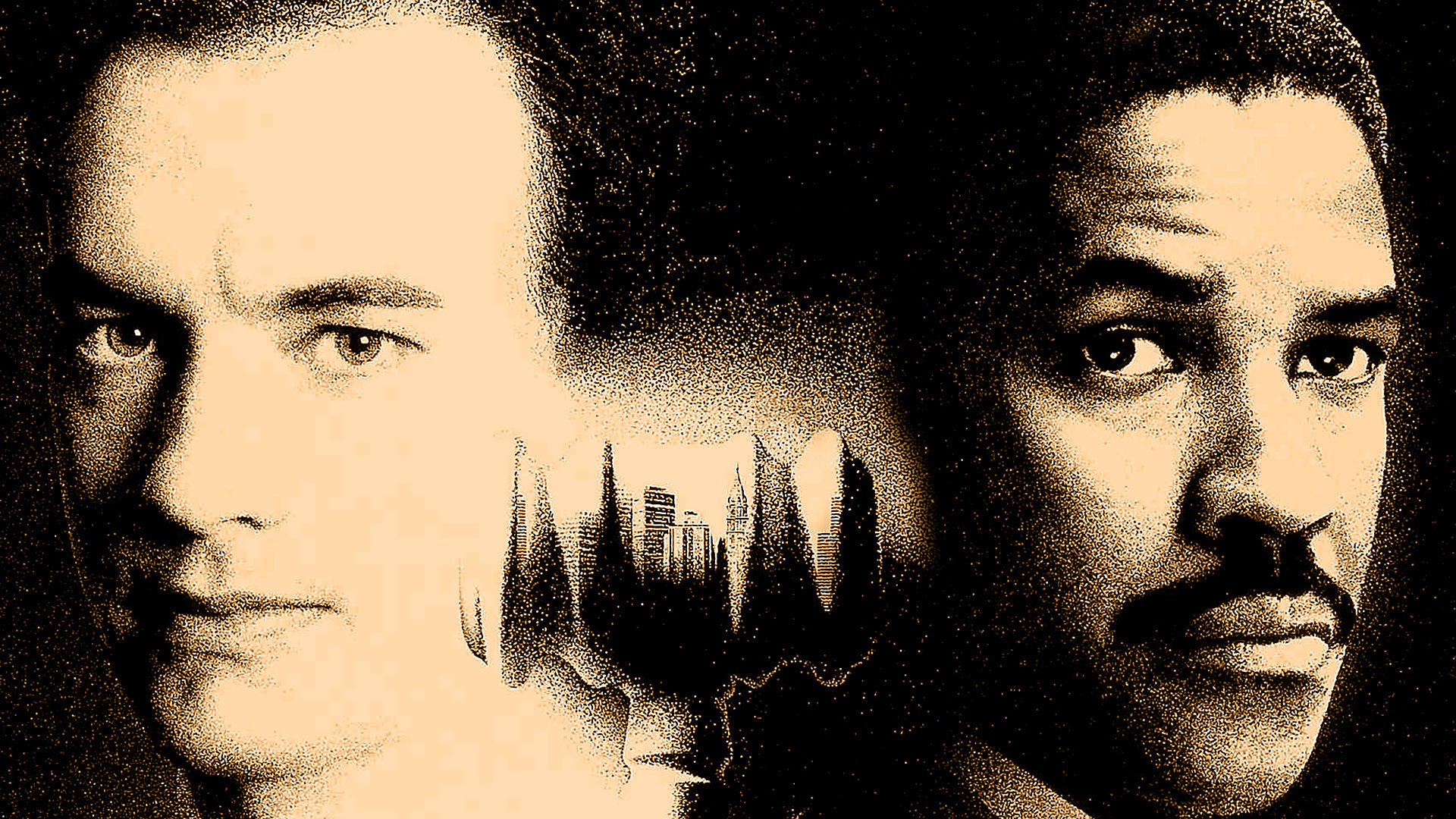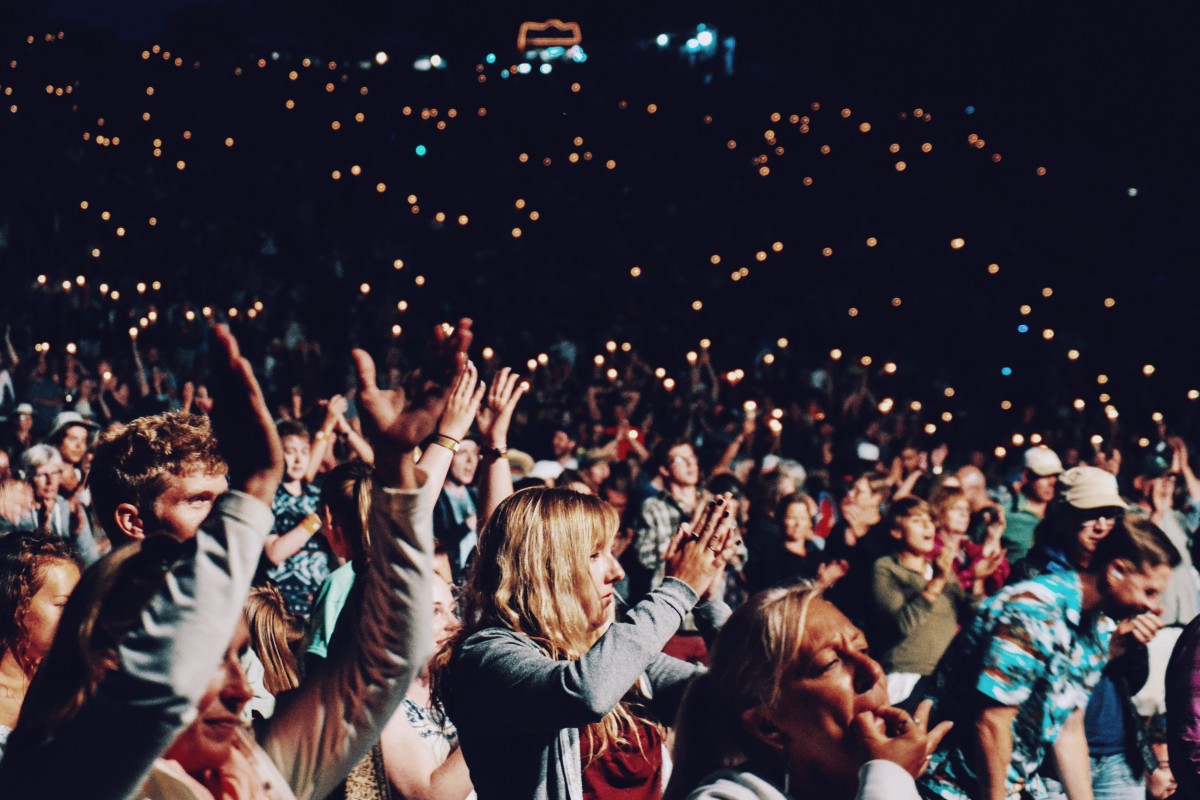We as filmmakers pursue a career in storytelling.
That seems trivial – of course, that is what filmmaking is about: storytelling. But if you just withdraw yourself for a moment and think from much further away, as an imaginary alien species that doesn’t tell stories, you realize that what we’re doing here on Earth seems absolutely bizarre:
The Strange Obsession With Story
There are people who imagine stories, write them down, and then there are actors playing out these stories, and finally there’s a crowd of people who watch these stories and pay money for it. People spend their hard-earned resources to keep those afloat that tell them stories.
I can understand that human buy clothes, that humans pay rent or buy food. All of those make sense. But when you think about humans buying the experience of stories being told to them, it just seems really odd. I challenge you as a reader to ask yourself this fundamental question: Why is it that you are watching films, that you are playing games, that you are reading fictional and non-fictional books? Ask beyond the “because I’m bored” answer.
For the past years, this question popped up over and over again: Why stories? What makes stories so special that we look forward to seeing a certain film or obsess over the allegedly life-changing experience of reading a book?
Over the past days, I had a breakthrough in my thought process. It happened on the bathroom mostly, which is where I incubate ideas – no matter if shower, toilet or bubble bath, this is my place of solitude and associative thinking culminating in some realization.
I was working on the Cinema of Change podcast with Joshua Oppenheimer that got me thinking about the connection between documentary and fictional narratives. I watched “Fail” and “Humans are Awesome” videos for breakfast. I went to my acting class and performed a scene as well as studying my fellow classmates’ acting work on stage, wondering why the hell we were doing this in the first place, and why I couldn’t take my eyes off their performances.
All of these played a role in my realization of why we have this incessant drive to consume stories: Stories are part of our survival drive.
Survival of the Educated
When we think back to “What were the first stories told?”, we zoom back into the stone age, when bipeds had climbed towards the top of the food chain and the Homo Sapiens family started developing higher intelligence than any other species on the planet. We walked upright, had four fingers and a thumb, and had these hands freely available for tasks that allowed us to rise to the occasion, such as building tools or painting caves.
When we’d come home from a long day of food collection, we probably told extremely primitive stories, through basic language or cave paintings – the earliest known cave painting dating 35,000 years back. “This is how we hunted down this sabretooth tiger”, or “This is how five of our tribe members died eating red berries in the forest”. If you didn’t listen to those stories, it might have been you who died the next day of the superior claws of a sabre-toothed cat or from eating poison berries.
Listening to these stories of your tribe members was a simple means of informing yourself on how to stay alive.
Later in human history, you’d read and watch theatre plays that told great tales of human connection, deception, love, intrigue and so on – and allowed you to learn about how to interact with other people, how to relate to the society around you. At that point, it was less the sabre-toothed cats or poison berries that were dangerous to you – it was botched social relationships and failed romantic engagements that posed a major threat to you participating in the gene pool and pass on your DNA to the next generation.
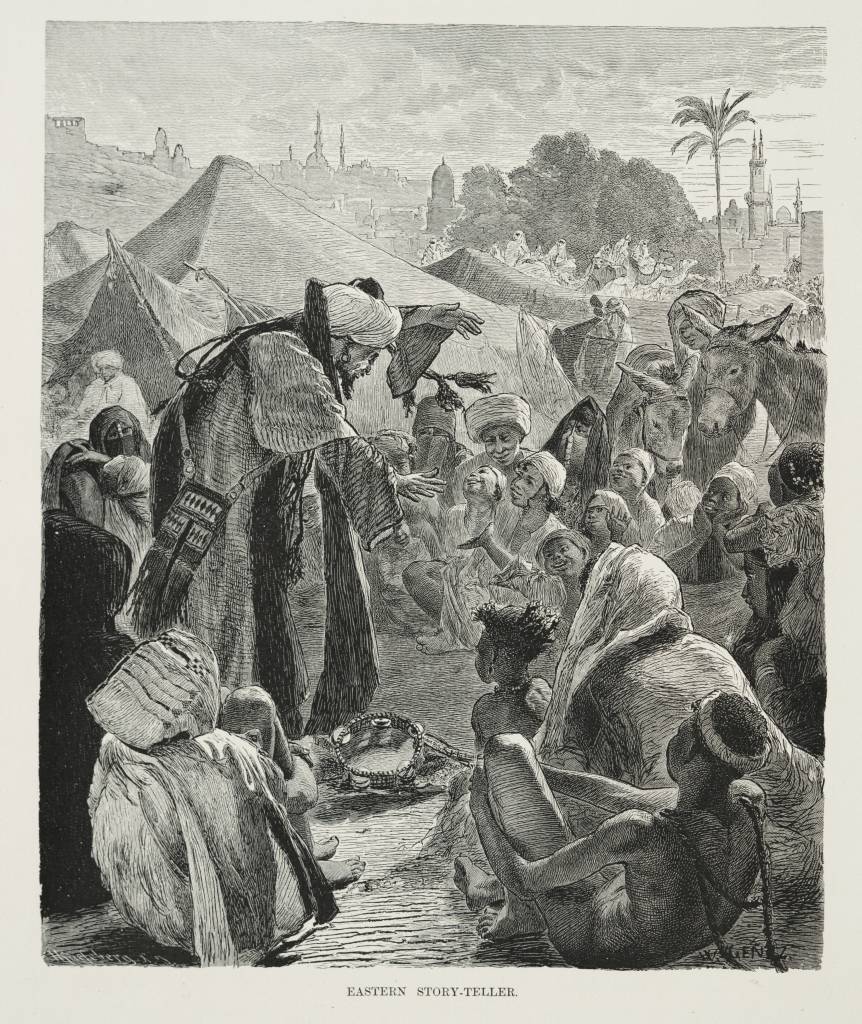
An Eastern Storyteller from the 19th century – storytelling and artworks depicting this process were spread around the entire world, as if it was an universal form of human communication.
And nowadays, we watch and read all sorts of stories – no matter if Zombie Apocalypse, Romantic Comedy, gritty Western, or a touching Drama – all of them have one not necessarily intended commonality: They teach us about the world, about people, and about ourselves. Not only is the consumption of stories survival-driven, but the telling of them is as well.
Why are we so keen to tell our friends what happened to us last weekend? Why do people invest decades of their life living an abysmal existence as indie filmmakers or as struggling novelists, despite having all the education needed to easily prosper in another field and live comfortably?
My suggestion is that deep down, we want our “tribe” to survive; our closest group of friends should learn from our successes and misfortunes. So, we pass on our experiences, and we achieve that by telling a personal story. The screenplay writer is doing just that as well, but to a far larger potential audience. Over the millenia, we evolved our stories from simple “how I killed the sabre-tooth cat” explanative narratives to complicated, artistic, indirect, poetic pieces of story that take a lot longer to decode their exact learning lessons out of the literary shell.
If I look at myself, there’s a good reason why I was so obsessed with certain content:
I loved watching “The OC” because it taught me so much about romance, love, boyfriend<>girlfriend dynamics and social relationships. I still love watching Fail videos – car accidents, stupid sporting incidents, general Schadenfreude-inducing misfortune – because I can learn about how to avoid getting hurt or killed by sheer stupidity.
I love reading books that teach me about survival in the film industry, which in turn allows me to produce a safer livelihood for myself and pick better chances to transcend the Starving Artist syndrome. For nearly any piece of entertainment I consume, I can find some relevance to my own survival and well-being through this consumption of information.
When we look at watching films, we could classify scenes into learning lessons within Maslow’s hierarchy of needs: The love scene helps us with learning about love and belonging; the fight scene helps us to expand our need for safety; the “Cast Away” plot helps us learn about our physiological need for sleep, hunger and shelter.
Hungry for Relevant Information
In a way, our endless consumption of information is, in one way or the other, an instinct to help us survive. We don’t just open the phone book and try to memorize all the names in there, since this consumption of organized information yields little to no survival benefit. But we love watching viral videos, as they teach us about the Zeitgeist. We love watching TV shows, as they allow us to relate to our colleagues and friends in terms of shared interests. Nearly all this organized, comprehensive information allows us to further our social status and become a functional member of society, on a small and personal as well as a big and professional scale.
And it just happens to be that one of our favorite ways of consuming this information is through stories. An incredible, under-appreciated book on this subject of “What makes stories themselves so powerful” is “Story Proof” by Kendall Haven. For my thesis “Cinema of Change: The Persuasive Impact of Narrative Motion Pictures on Individual and Society”, this book was instrumental in forming a theory on how story works on a neuroscientific level. One of the main points in the book is that we’re exposed to stories from an early point in our lives , through fables and fairytales and bedtime stories. Another theory is about information organization in the human brain, and theorizes that we organize information in the story format.
Whether it is nature or nurture, we have a unique disposition towards information that is organized around characters, plot and struggle. If we notice any of these elements in a piece of text, imagery or motion picture, we become extra-perceptive and are able to memorize information with greater ease. Which is funny, because 90% of our education system rests on a completely contrary style of information delivery, which is arguably incredibly inefficient.
In a good film, there are multiple stories running simultaneously, and we can’t get enough: The music is telling a story, the visual is telling another. There is the story of each character, the story that the plot itself provides, the story that is being said, and the story of what is being left unsaid.
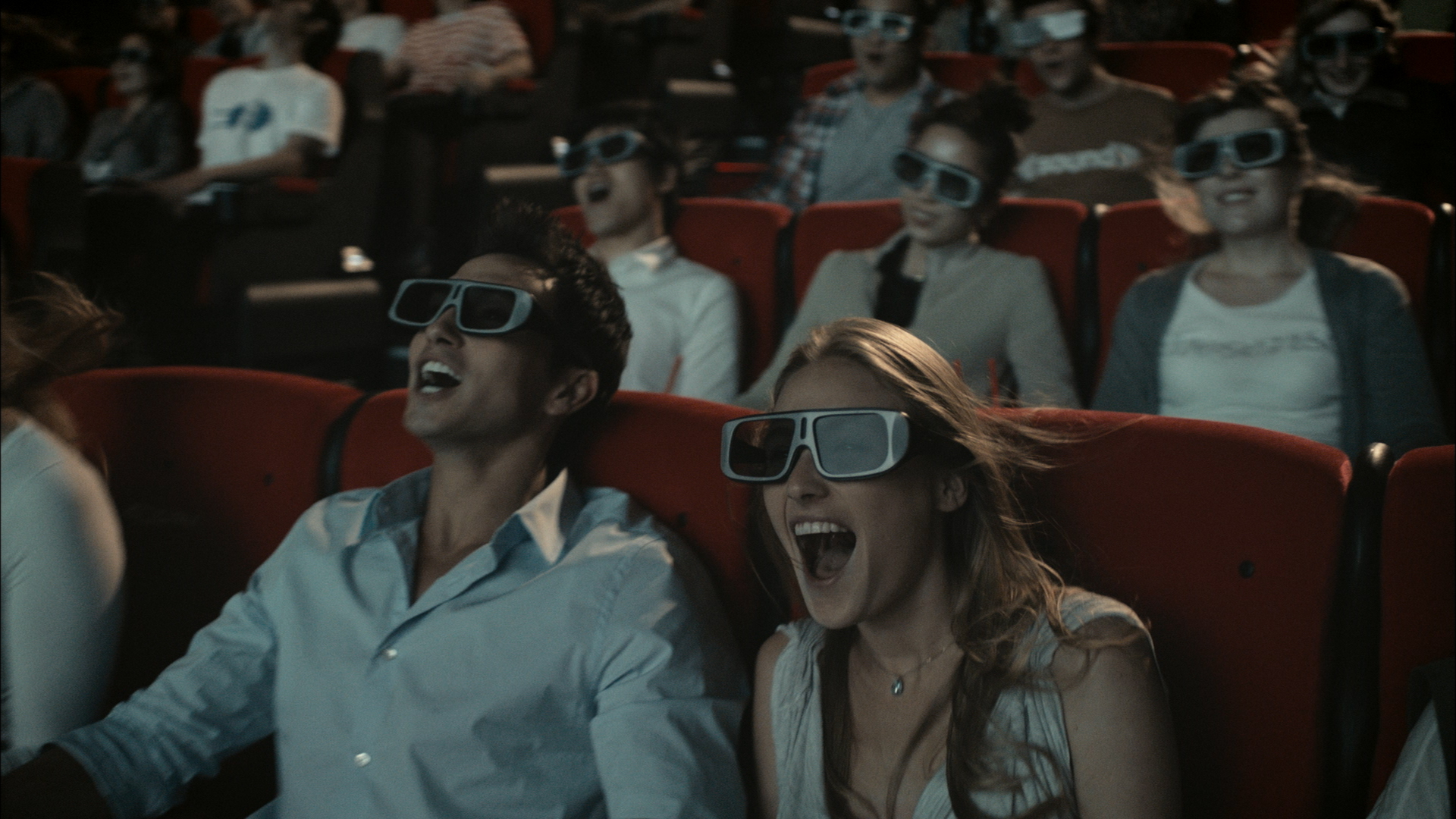
The 4D Stories being told by a screen – it’s simply a change of medium, but the fascination and desire for this experience stays the same.
An Undying Obsession
It is really quite miraculous if you think about the intricate system of motion picture entertainment that we have developed to simply consume survival-relevant information.
Critics will argue that this I subscribe to the theory of Evolutionary Psychology with my article, and that is completely correct. The critique is perfectly appropriate insofar that my thought model here has similar testability problems as Evolutionary Psychology itself has, which is one of its major lacks as a scientific theory.
Naturally, this is not the only dimension of story and its fascination for us humans. Knowing this, I do however willingly go on a reductionistic leg and suggest that the information-consumptive survival drive is the primary force behind our undying fascination for story.
As long as we’re not able to learn about the world in more effective ways than through stories – which are arguably the most information-dense form of education at our disposal – we will not stop telling them.
And in an ever-more complex world, we will stay hungry for more stories.


